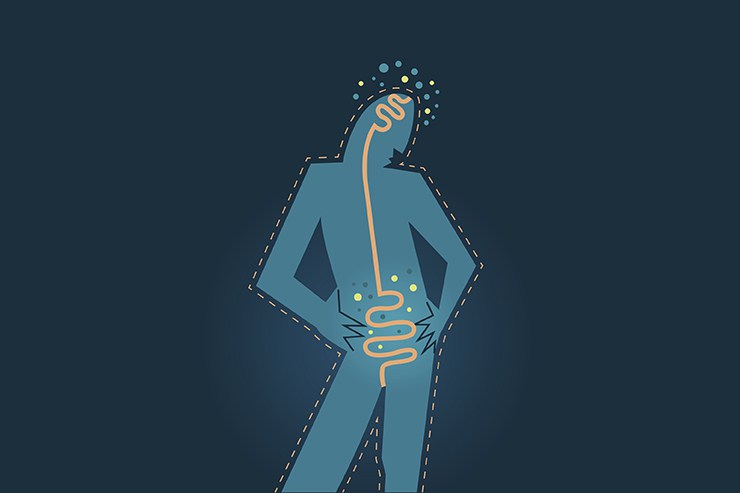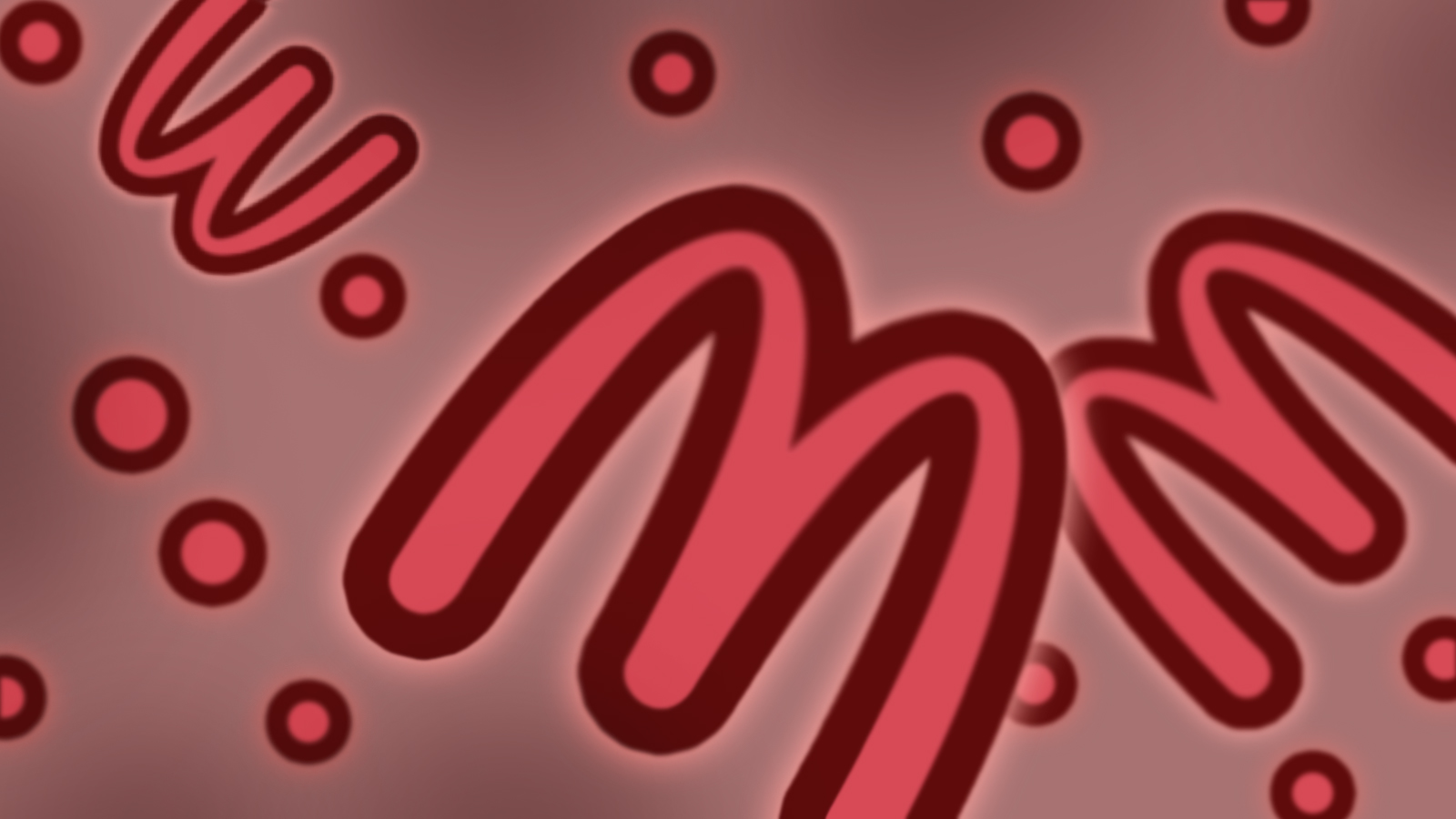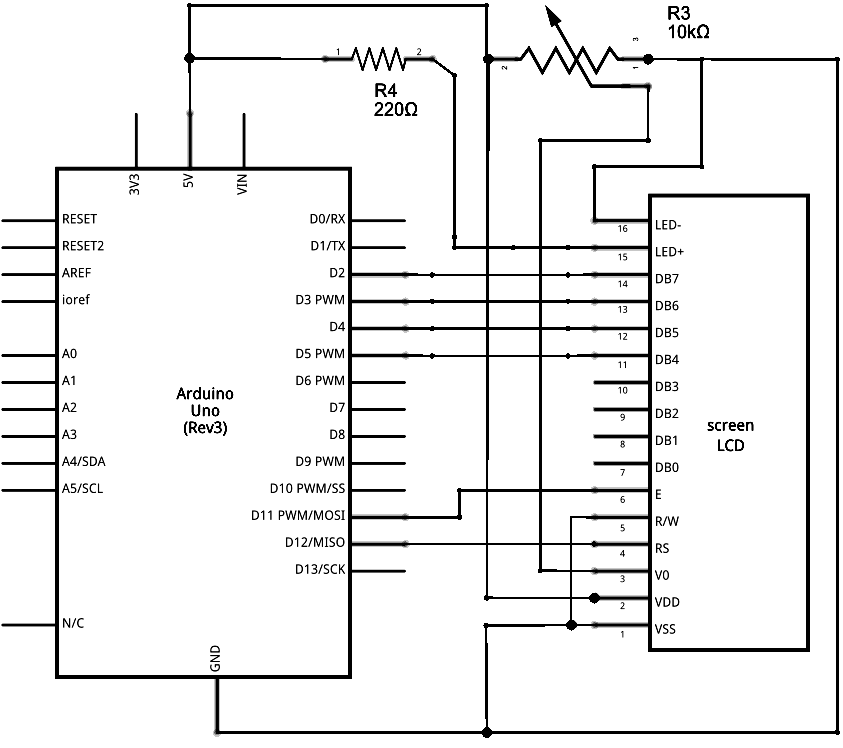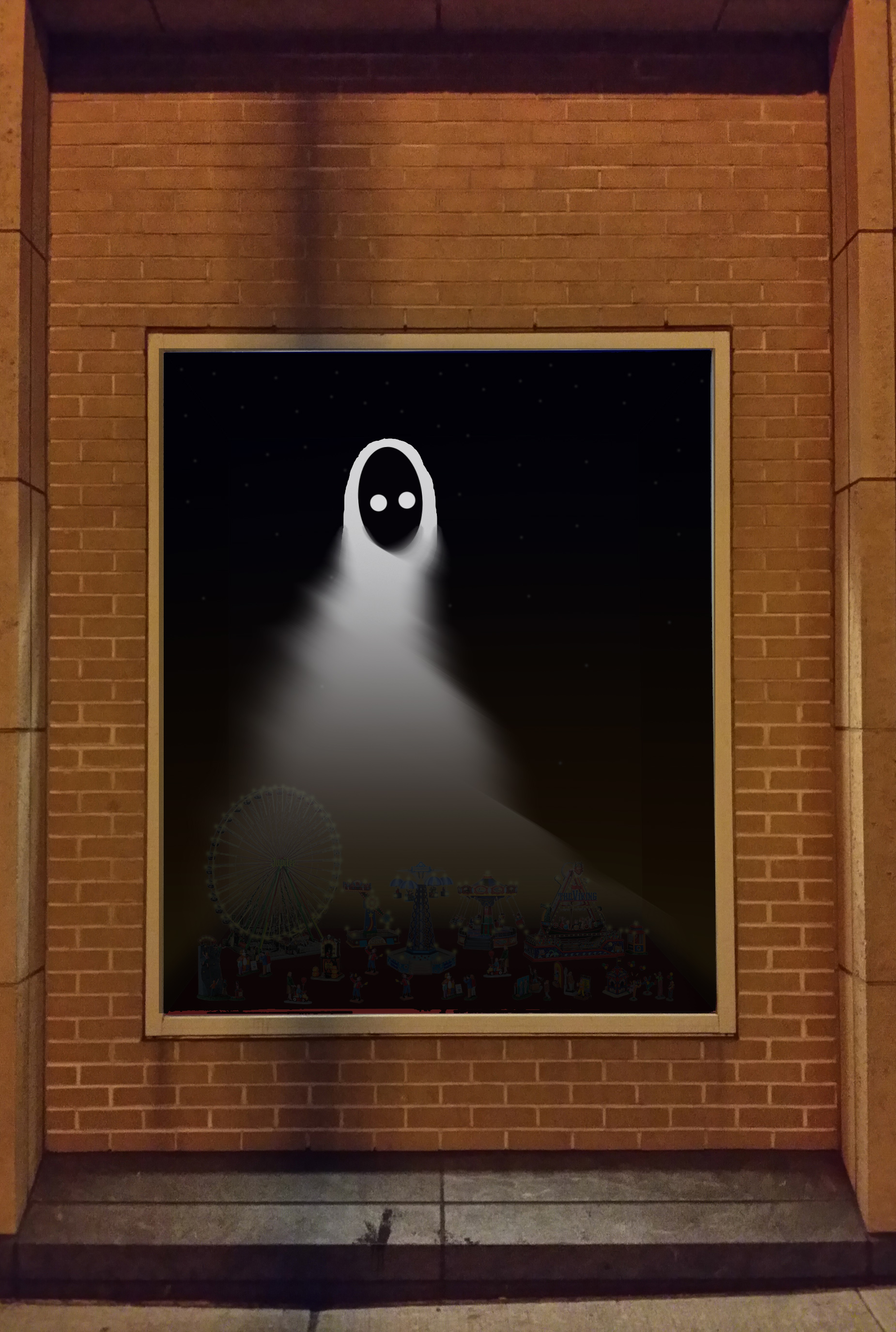————————————————————————————————————————————–
WHAT IF BUSINESSES COULD ONE DAY EMPLOY ENGINEERED BACTERIA TO DELIVER A SPECIFIC BRAND EXPERIENCE?
————————————————————————————————————————————–
Little bit about branding –

Businesses have long been using several tools to capture the mind share of their customers and nurture brand loyalty. This whole practice of “branding” is a method to ensure that the values which a particular brand represents are communicated clearly and are easily relatable. When consumers adopt a certain brand they are largely buying into the whole idea of what the brand represents than merely buying goods and services for their individual value and function.
Over time, branding has gotten increasingly subtle! It is not just about product and logo design or celebrity endorsements. Brand designers look into very subtle details where the brand narrative could slip and lead to incongruence.
An important emerging tool which brand designers employ is scent! Scent is one of the most powerful of human senses and is closely tied to our emotions. Scent can bring back vivid memories from the past and trigger complex emotions. Brands use this strategically in their brick and mortar stores so customers feel happier and spend more time leading to extended brand recognition and higher value perception.
Bacteria and the gut-brain-axis

Science has successfully proven a strong bi-directional link between the gut microbiome and its effect on our mood. Although we haven’t been able to pin-point any specific moods attributed to different strains of bacteria but we do know that it affects on a broad spectrum ranging from feeling pleasant and feeling depressed.
We also know that our own individual microbiome extends 10 feet into our surroundings and there is always a constant exchange of bacteria between our bodies and our environment.
Additionally science is now discovering that each individual also carries his own signature of bacterial strains and perhaps could one day be used in forensics.
So how does this come together?
It is a highly plausible speculation that in future, brands could use engineered bacteria to deliver either the product or a specific experience! In-fact it may even be happening at present, even though unknowingly. Not in the sense that we have a variety of branded pro-biotics available on the shelf but more of an outcome of different process that brands have put in place to streamline the business and the brand.
The questions here are of ethics and control.
How much control do brands have to exert influence? And how effectively can you exert counter control to keep brand behavior in check?
How ethical or unethical is invasive branding really?
what branding strategies or products could fall on the spectrum of acceptable vs unethical?
Lets look at some future scenarios of how bacterial branding may pan out –
Invasive and threatening
McBiome

McDonald’s food was recently accused of wiping out gut bacteria of a kid who ate nothing but McDonald’s for 10 days. But what if McDonald’s some day started planting engineered microbes into their food and restaurants? When these microbes are ingested through a cheeseburger they bring a sense of deep inner joy and pleasure but “the programmed cell death” function engineered into the microbes kills them in a few hours creating a gut-biotic-vacuum putting you in a depressive state and make you crave for more Mc Cheese burgers. The scary thing is the relationship between McDonal’s food and the McBiome could be interdependent. The McBiome could make you crave for a specific molecule which is patented by McDonald’s and can only be found in McDonald’s food!
Non invasive and beneficial
Sephora beauty guarantee

What if beauty brands like Sephora populate the brick and mortar stores with healthy skin bacteria. One could easily image a brand campaign where Sephora asks its customers to simply walk into their stores and walk away with a replenished skin microbiome in 20 minutes!
Invasive and beneficial
CLOSE-UP, Long lasting freshness

What if Close-up launches an oral hygiene product which cleans your teeth, gives you a fresh breath and also leaves you with a healthy oral microbiome. This would be in the interest of Close-up’s brand positioning of being the Tinder of toothpastes! Their tagline is “Make your move”. We do know that there is a link between oral microbiome and sexual performance. The oral microbiome produce nitric oxide which lowers blood pressure and increases blood flow to the genitals, making you last longer in bed!
Non invasive but threatening
Microbial fishing

We know that each individual has a unique microbial signature at a given time. Businesses could exploit this fact to fish out and profile your unique microbiome and sell this data to companies for a more relevant and tailored product.








































